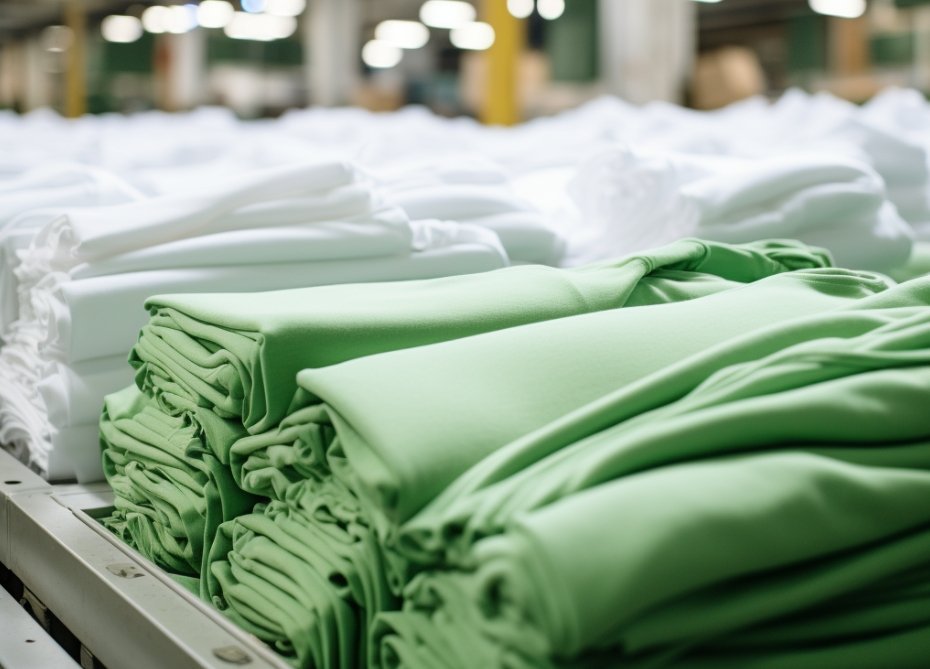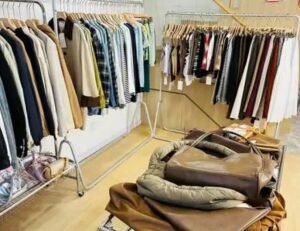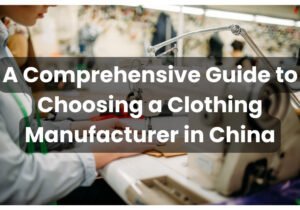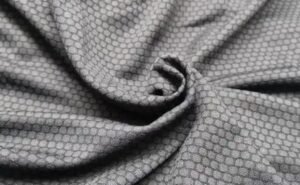When it comes to apparel manufacturing, the process of dealing with textile waste is a nightmare for most people working in this industry. It is not only necessary but also important to find a circular solution to the problems caused by textile waste. If you still don’t have a clue about it, don’t worry, this article will help you to solve the problems caused by textile wastes.
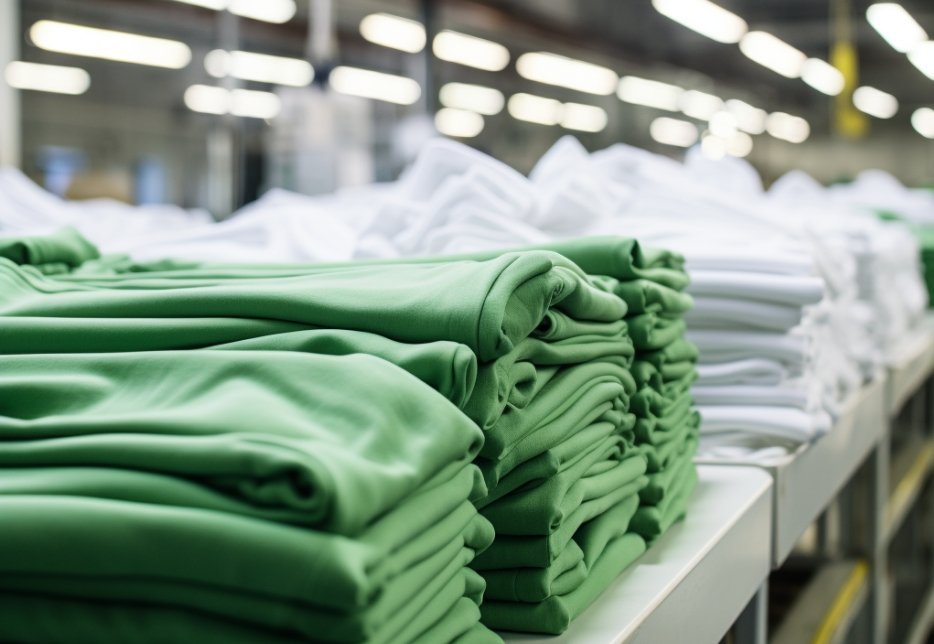
Problems brought by textile wastes
Textile wastes, like other wastes, can cause serious problems to us. Below are the three main problems brought by textile wastes.
1. Serious environmental pollution
Textile waste contains many hazardous substances such as positive metals and organic pollutants. Therefore, if textile waste is not properly treated, it can cause serious impacts on the environment and human health. In addition, in the process of dealing with textile waste, a lot of waste water and exhaust gas will be generated, causing secondary pollution to the environment.
2. Serious waste of resources
Textile waste contains a lot of resources that can be recycled and reused, such as fiber and dye. Due to the high cost of textile waste disposal, few people are willing to recycle textile waste. However, if textile waste is not recycled and reused, it will result in a serious waste of resources.
3. Lack of textile waste recycling industry regulations
At present, the textile waste recycling and reuse industry lacks relevant laws and standards, which makes it difficult to ensure the standardized development of the industry. At the same time, the regulations and standards that have been introduced are difficult to play a certain role due to the lack of implementation, leading to chaos in the industry.
Circular solutions to the problems
Although textile waste brings us a lot of problems, there are still ways to solve these problems. Below are the solutions to the three questions above.
1. Recycling textile waste
Recycling of waste textiles is an international trend. The European Union’s “Green Public Procurement System for Textile Products and Services” stipulates that the proportion of recycled fibers in polyester or nylon fibers must be more than 20%, and the higher the proportion of recycled fibers, the more expensive the procurement price is. American Textile Exchange carries out the Global Recycled Standard (GRS) audit and certification for textile and apparel auditing and certification. Well-known brands all over the world have developed their own sustainable development strategy in materials, such as IKEA, Nike, Decathlon, etc. They guarantee to use 100% recycled waste textiles by 2025.
2. Utilization textile waste for reproduction
Using textile waste for reproduction has become one of the pillar industries in many areas, and has become the main source of economic income for many farmers and urban residents. Cangnan County in Zhejiang Province is a good example. Cangnan County has a total of more than 8,000 reprocessing fiber and product enterprises, with a total of more than 10,000 machines and equipment, involving more than 200,000 employees, and more than 95% of the country’s textile waste is pooled here for reproduction. The county realized a total industrial output value of 3.825 billion yuan in 2018, with a tax revenue of 238 million yuan, more than 50,000 employees in the enterprises, and more than 1 billion yuan in annual wages and processing payments.
3. Establish and improve regulations and standards
We should establish a sound system of regulations and standards for the textile waste industry to regulate the production behavior of enterprises and the way of waste disposal, and promote the standardization and sustainable development of the industry. In addition, the government should strengthen policy guidance and support to encourage enterprises to carry out environmental protection technology innovation and green production, and promote the healthy competition and development of the textile waste industry.
Ways for manufacturers to adopt circular economy principles
Manufacturers can utilize the different characteristics of textile waste to embody the principles of circularity and economy in apparel manufacturing. Below are the two ways for manufacturers to adopt circular economy principles.
1. Utilizing the hemming properties of textile waste.
Hemming is a unique characteristic of textile waste, and some knitted fabrics have significant hems that can be utilized for creative design. For example, we can use textile waste to knit flowers for a garment. We need to use a textile waste with a pronounced crimp, cut it into strips, and then use it to show the natural curl of the petals of a flower. Products made from this type of textile waste have a distinctive character that is both practical and fashionable.
2. Utilizing the extensibility of textile waste.
Textile waste has better extension. So, it is easy to deformation and the deformation is of a larger amount. When it comes to the production of knitted fabrics, you can take advantage of this feature to produce fabrics that need to produce a lot of deformation. For example, we can use discarded stockings or socks to make small dolls, pendants and other items. Because these textile wastes have good extensibility, which can make the doll look alive.
To conclude, in the process of garment production, textile wastes cannot be avoided. Of course, textile wastes will cost a lot of problems. What apparel manufacturers need to do is find circular solutions to the problems and think of ways to adopt circular economy principles. If you still have any questions about today’s topic, please do not hesitate to contact us for inquiries.

